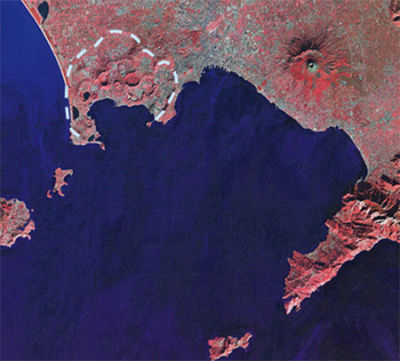The global threat from volcanic eruption is chronically under-estimated because most major eruptions occur from volcanoes that have been quiescent for 100 years or more and are not regularly monitored. The repose intervals are long enough for the memory of previous eruptions to have faded among monitoring scientists and vulnerable communities; at the same time, the lack of regular monitoring means that short-term forecasts of eruption are based on incomplete data from emergency networks deployed after unrest has begun. Incomplete data promote uncertainty in forecasts; loss of memory favours misunderstanding in how forecasts are perceived; misunderstanding damages trust between forecasters and vulnerable communities; and lack of trust can transform emergencies into disasters.
Since it was founded in 1997, the UCL Hazard Centre has specialised in reducing uncertainty in forecasts by creating and testing deterministic models of precursory phenomena, and in improving the delivery of forecasts by incorporating the perceptions and needs of communities at risk. Its most recent studies have focused on applying a new model of elastic-brittle rock failure to interpret patterns of ground movement and of local, volcano-tectonic seismicity during the approach to eruption.
The model has been tested retrospectively at volcanoes throughout the world, including Soufriere Hills on Montserrat, Pinatubo in the Philippines and Rabaul in Papua New Guinea, and prospectively in real-time during emergencies at El Hierro in the Canary Islands, Cotopaxi in Ecuador and Agung in Indonesia. It is currently being applied to the sequence of unrest since 1950 at the Campi Flegrei caldera, adjacent to Naples in southern Italy. The results have yielded new constraints not only for quantitative forecasts of eruption, but also for the design and implementation of mitigating strategies in urban and rural areas.
 |
The city of Naples lies between the active volcanoes Campi Flegrei to the west (outlined) and Vesuvius to the east. Vesuvius has been in repose since 1944. Campi Flegrei has been in unrest since 1950 for the first time in four centuries. In collaboration with the INGV-Vesuvius Observatory, the UCL Hazard Centre is developing new methods for forecasting the potential for eruption and for raising awareness of volcanic hazard among Campi Flegrei's population of 360,000 people. Image is c. 45 km across; North is to the top.
 Close
Close

